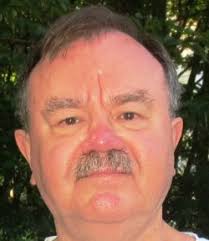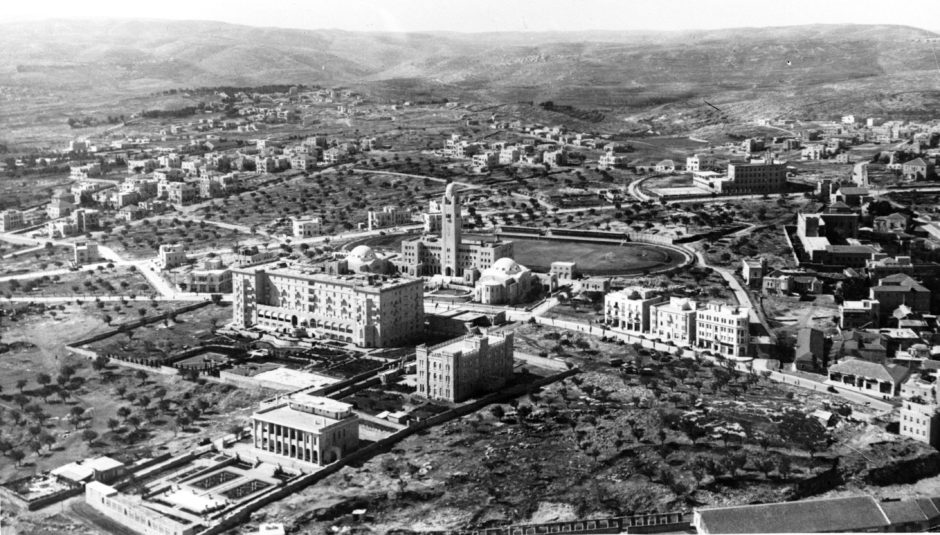Jerusalem is, as always, much in the news these days, contested between Jews, Muslims and Christians, and fought over by Israelis and Palestinians.
This has especially been the case in recent days, following U.S. President Donald Trump’s announcement that Washington will recognize Jerusalem as Israel’s capital and move its Tel Aviv embassy there.
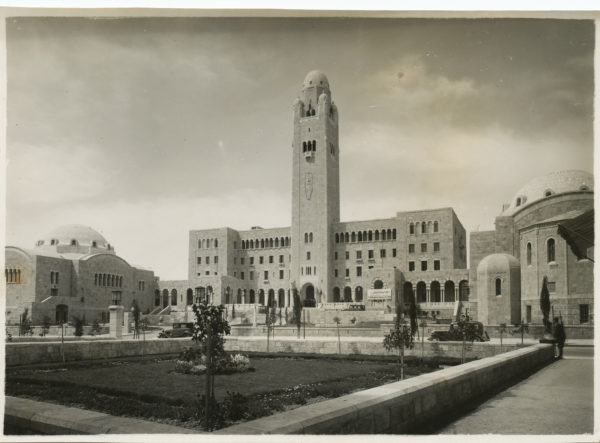
There are, though, some oases of peace in the Holy City. One of these, situated on Rehov HaMelech David in West Jerusalem, across from the famous King David Hotel, is the Jerusalem International YMCA, one of the landmarks outside the Old City’s walls.
I would sometimes have a coffee and read the newspapers in the Y when I was a student in the city in 1972. I revisited the building — which was modernized and expanded a decade ago — on my recent trip to Israel.
In 1924, Archibald Clinton Harte, General Secretary of the International YMCA, raised the sum of one million dollars towards the construction of the building.
It opened in 1933, when Palestine was governed as a League of Nations Mandate by Britain. General Edmund Allenby, who had conquered Jerusalem from the Ottoman Turks in 1917, spoke at the inaugural ceremony, and his words, in Arabic, English, and Hebrew, remain inscribed at the front gates of the building:

“Here is a place whose atmosphere is Peace, Where Political and Religious Jealousies Can be Forgotten and International Unity Can be Fostered and Developed.” His speech was broadcast to a worldwide audience over the radio.
The event was attended by YMCA leaders from around the world. Details of the building, with its elegant arches, domes and tower, was described in the world press, which hailed it as a wellspring of cultural, athletic, social and intellectual life.
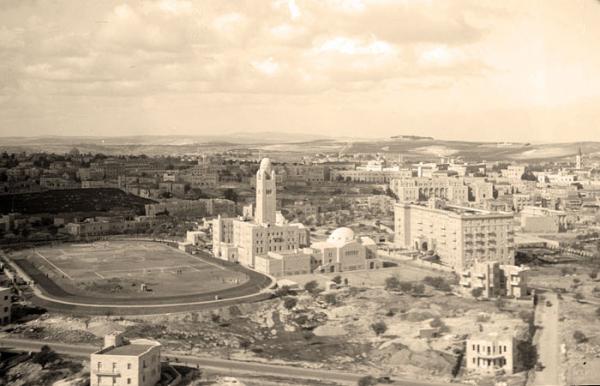
Damaged in the 1948 war that created the Jewish state, the first concert broadcasts of the Kol Israel (Voice of Israel) radio station were transmitted from the YMCA auditorium.
Before 1967, its popular observation tower afforded Jews a bird’s eye view of the nearby Old City and the Western Wall when the city was still divided between Israel and Jordan and Jews could not cross the urban boundary.
There is plenty of symbolism in the building’s detailed wall paintings and exquisite masonry meant to reflect inter-religious harmony. The 12 windows in the auditorium represent the 12 tribes of Israel, Jesus’ disciples, and Muhammad’s followers.
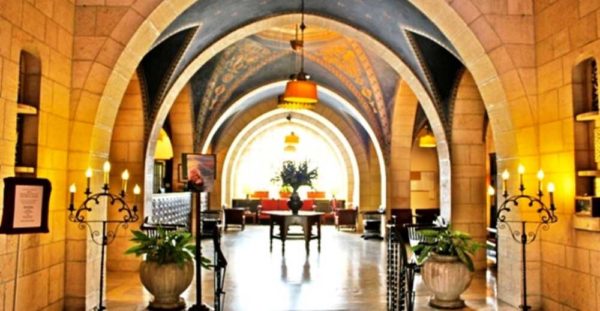
A high-domed bell tower thrusts out of the white-limestone façade of the building. The stately entrance, domed ceiling and tiled floors make it arguably the most beautiful Y in the world.
The building, which now also houses the Three Arches Hotel, has beautiful public areas with arches and lush gardens. The private terraces and café offers a charming meeting spot for tourists and those staying at the hotel. It is also a gathering place for the city’s divided, Jewish, Muslim and populations.
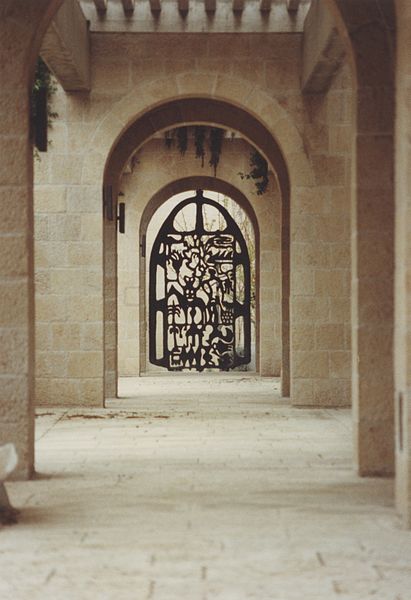
One could spend time wandering around the building and its porticos, or take the elevator to view the magnificent carillon bells, made in Croydon, England, at the Gillett & Johnston bell foundry. When rung, you can hear the 35 bells throughout the city and there are sometimes concerts.
And the viewing balconies on the sixth floor, for superb panoramic views of all parts of the city, are not to be missed.
Henry Srebrnik is a professor of political science at the University of Prince Edward Island.
